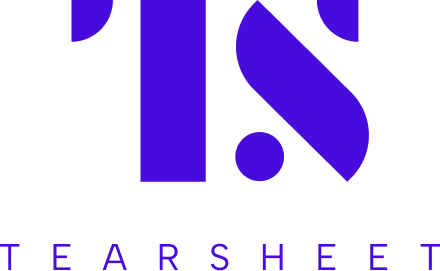How Farther is building a wealth management platform in the age of AI
- Farther is a technology-centric wealth management firm, with AI playing a pivotal role in differentiating the company from traditional wealth management firms and Registered Investment Advisors (RIAs).
- However, in Farther’s framework, AI is the dependable supporting actor, essential to the storyline but never the protagonist.

The 1962 sitcom The Jetsons anticipated life in 2062, showing people in space communities, zooming around in flying cars, and having robots handle household chores — concepts that were hard to envision in real life back then.
Jumping ahead to 2024, a few of these concepts are moving from theory to practical application, with some of the most visible advancements occurring in Artificial Intelligence. The idea of AI fully replacing humans in managing complex and delicate financial matters remains a distant prospect, but it is increasingly becoming a key component of how newer firms operate their business models.
Farther is one such technology-centric wealth management firm where AI is central to the firm’s differentiation from traditional wealth management and Registered Investment Advisors (RIAs).
By automating administrative tasks such as account setup, money transfers, and routine portfolio rebalancing, Farther reduces the time advisors spend on repetitive processes. This approach helps to minimize operational costs and free advisors to focus on higher-value activities like financial strategy, advising clients, and fostering deeper client connections. The platform is, however, fully integrated with key partner institutions, including custodians and brokerages.
Farther’s AI approach: Complement instead of replacement
Established in 2019 by CEO Taylor Matthews and CTO Brad Genser, the firm was born out of the founders’ realization that fragmented third-party technology in the wealth management industry was hindering advisors from effectively serving clients and growing their businesses.
In Farther’s framework, AI is the dependable supporting actor, essential to the storyline but never the protagonist – something the founders were clear about from the very beginning.
“We view AI as a powerful tool that supports wealth advisors, rather than replaces them,” said Brad.
Humans are in the driver’s seat, with AI in the passenger seat:



